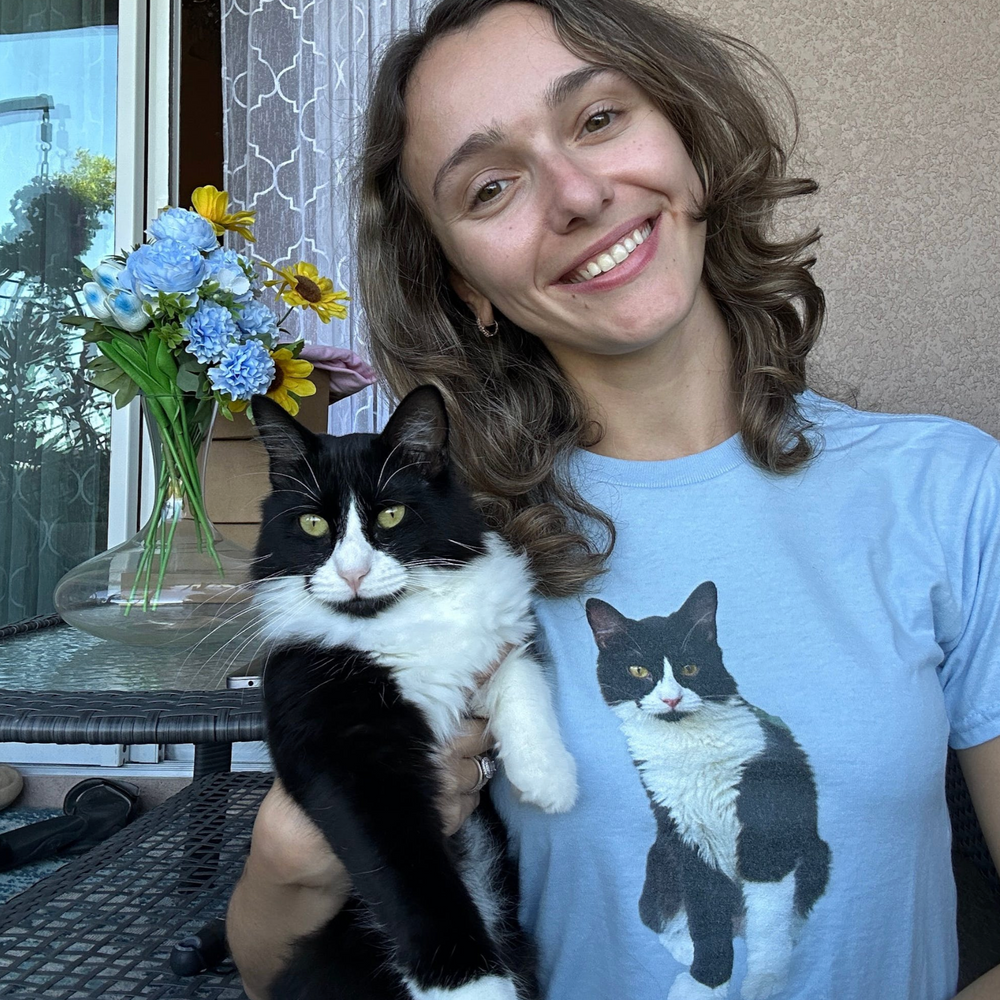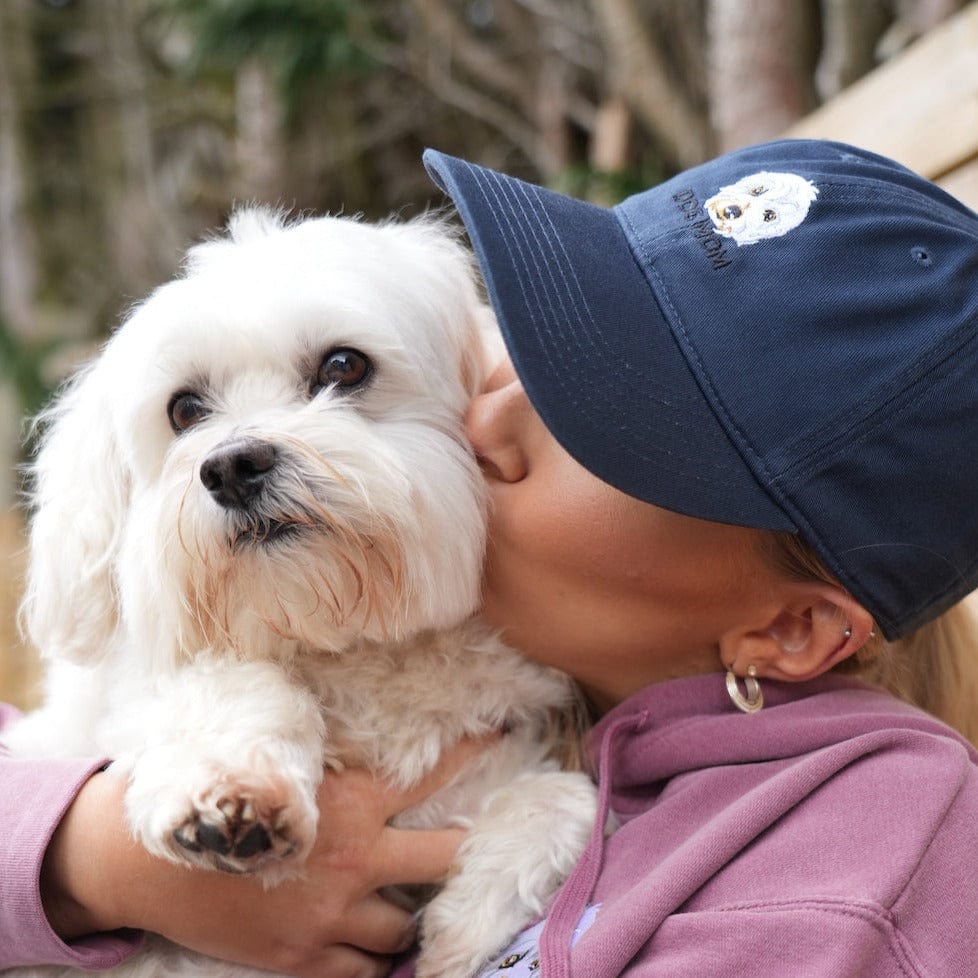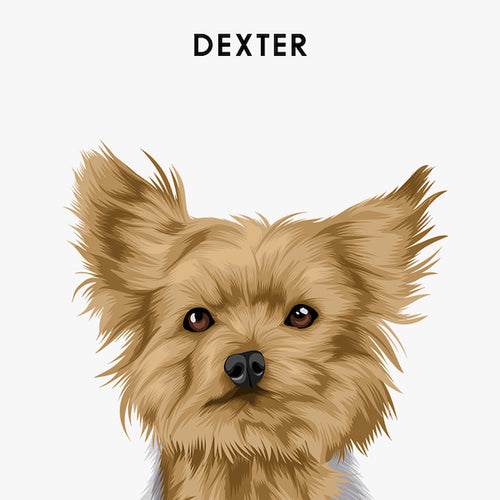🐱 Understanding Your Cat's Mind: The Complete Guide to Feline Psychology and Behavior

Have you ever caught yourself staring at your feline companion and wondering what goes on in their mysterious mind? 🤔 You're not alone. Cat owners worldwide share this curiosity about their pet's inner thoughts, emotions, and daily mental activities. Understanding cat psychology isn't just fascinating—it's essential for building stronger bonds and ensuring your cat's wellbeing.
🧠 The Complex World of Feline Thoughts: What Occupies Your Cat's Mind Daily
🔬 Neurological Similarities Between Cats and Humans
The feline brain shares remarkable structural similarities with human brains. Dr. Nicholas Dodman, director of the animal behavior clinic at Tufts University of Veterinary Medicine, explains that cats possess the intellectual capacity for complex thoughts and emotions.
🧩 Brain Structure Comparison:
Human Brain = Cat Brain
├── 4 Cerebral Cortex Lobes ✓
├── Grey & White Matter ✓
├── Neural Pathways ✓
└── Identical Neurotransmitters ✓
Both cats and humans have identical brain lobe structures in their cerebral cortex: frontal, occipital, parietal, and temporal lobes. These regions contain the same grey and white matter composition, with neural pathways that mirror human brain connectivity. Most importantly, cats utilize identical neurotransmitters for data processing and communication between brain regions. 🧪
👁️ Sensory Processing and Cognitive Function
Cats process sensory information through their five senses—taste, smell, sight, touch, and hearing—in ways remarkably similar to humans. This parallel processing suggests that felines experience thoughts, emotions, and memories with complexity we're only beginning to understand.
🔍 Sensory Superpowers:
- 👃 Smell: 200 million scent receptors (vs. human's 5 million)
- 👂 Hearing: Can detect frequencies up to 64,000 Hz
- 👀 Vision: 6x better night vision than humans
- 🖐️ Touch: Whiskers detect air currents and spatial changes
- 👅 Taste: Specialized for detecting amino acids in meat
Your cat possesses both short-term and long-term memory capabilities, meaning they don't just think—they remember experiences, learn from them, and apply that knowledge to future situations. When you observe your cat gazing thoughtfully out the window, they're likely engaged in the same type of contemplative thinking you experience during quiet moments. 🪟✨
💭 What Cats Actually Think About
Recent research in feline cognition suggests cats spend their waking hours thinking about:
🏠 Territory and Safety Assessment
- Constantly monitoring their environment for changes or potential threats
- Mental mapping of safe zones and escape routes
- Tracking scent trails and territorial boundaries
❤️ Social Relationships
- Processing interactions with humans, other cats, and household dynamics
- Remembering positive and negative social experiences
- Planning social approaches and avoidance strategies
🎯 Hunting and Prey Behavior
- Even indoor cats engage in mental hunting simulations
- Calculating trajectory and timing for pouncing
- Processing movement patterns of potential "prey" (toys, shadows, dust particles)
😴 Comfort and Resource Planning
- Mapping routes to favorite sleeping spots, food sources, and play areas
- Evaluating temperature and comfort levels throughout the day
- Timing activities around household routines
📚 Memory Processing
- Recalling positive and negative memories that influence current behavior
- Learning from past experiences to make future decisions
- Storing information about people, places, and events
😴 Feline Boredom: Recognition, Prevention, and Solutions
🏠 Understanding Indoor Cat Psychology
Indoor cats face unique psychological challenges that outdoor cats naturally avoid through environmental stimulation. While domesticated cats sleep 12-16 hours daily due to their crepuscular nature (most active during dawn and dusk), their waking hours require meaningful mental engagement.
📊 Daily Cat Activity Breakdown:
🌙 Sleep: 12-16 hours (70% of day)
🎮 Active Play: 2-4 hours (15% of day)
🍽️ Eating/Grooming: 2-3 hours (10% of day)
💭 Alert Observation: 1-2 hours (5% of day)🚨 Advanced Signs of Cat Boredom
Beyond the basic indicators, watch for these subtle signs of feline boredom:
🔊 Behavioral Changes:
- 📢 Excessive vocalization: Increased meowing, chattering, or yowling without apparent cause
- 👥 Attention-seeking behaviors: Following you constantly, interrupting activities, or demanding interaction at unusual times
- 🔄 Repetitive behaviors: Pacing, excessive scratching, or compulsive grooming of specific body parts
- 🤝 Altered social interaction: Becoming unusually clingy or withdrawing from human contact
- 😴 Sleep pattern disruption: Sleeping significantly more or less than their normal 12-16 hour range
🚩 Physical Warning Signs:
- 🍽️ Suddenly eating all the time or refusing to eat
- 💤 Sleeping much more than normal
- 🪮 Over-grooming themselves (bald patches may appear)
- 🚽 Issues with using the litter box
- 💥 Destructive behavior around the house
- 😔 Moping around/seeming depressed
🎨 Innovative Enrichment Strategies
Creating a stimulating environment requires understanding your cat's natural instincts:
🏞️ Environmental Enrichment:
- 🌳 Install cat trees near windows for optimal bird-watching opportunities
- ⬆️ Create vertical spaces using wall-mounted shelves and perches
- 🔄 Rotate toys weekly to maintain novelty and interest
- 🪚 Provide different textures through various scratching surfaces
🧩 Mental Stimulation Activities:
- 🕵️ Hide treats throughout the house to encourage natural foraging behaviors
- 🍽️ Use puzzle feeders to make mealtime mentally engaging
- 🌿 Introduce new scents periodically through safe herbs like catnip or silvervine
- 📦 Set up cardboard box mazes that can be reconfigured regularly
📱 Technology-Based Solutions:
- 🤖 Motion-activated toys that respond to your cat's movement
- 📱 Tablet games designed specifically for cats
- 🔴 Automated laser pointers with random patterns
- 📺 Cat-specific television programming featuring birds and small animals
🎓 The Truth About Feline Intelligence: Debunking Common Myths
🧠 Cognitive Capabilities Beyond Size
While dog brains are physically larger, this size difference doesn't indicate superior intelligence. Cats' cerebral cortex contains more nerve cells than many larger-brained animals, enabling rapid processing, quick decision-making, and efficient problem-solving.
⚡ Intelligence Comparison Chart:
🐕 Dogs: Larger brain size, fewer cortical neurons
🐱 Cats: Smaller brain, MORE cortical neurons
🧠 Result: Cats process information faster!🌟 Unique Intelligence Traits in Cats
👀 Observational Learning: Cats excel at learning through observation, often mastering complex tasks by watching humans or other cats perform them.
🧠 Memory Retention: Felines demonstrate exceptional long-term memory, remembering people, places, and experiences for years.
🔧 Problem-Solving Abilities: Cats show remarkable creativity in overcoming obstacles, often finding solutions that surprise their owners.
🤝 Social Intelligence: Despite their reputation for independence, cats display sophisticated understanding of human emotions and social cues.
🔬 Research Challenges in Feline Studies
The primary obstacle in cat intelligence research isn't lack of ability—it's motivation. Cats participate in studies on their own terms, unlike dogs who are eager to please. This selective cooperation has historically led to underestimation of feline cognitive abilities.
📈 Recent Study Results: Recent studies using more cat-friendly methodologies reveal that felines perform equally well or better than dogs in:
- 🗺️ Spatial reasoning tasks
- 🎯 Object permanence tests
- 🤝 Social problem-solving scenarios
- 📚 Memory-based challenges
👥 Human-Cat Relationships: The "Big Cat" Theory Explained
🔍 Behavioral Evidence of Cat Perception
Cats treat humans with the same behavioral repertoire they use with other cats, suggesting they perceive us as fellow felines rather than a different species. This includes:
🐱 Cat-to-Cat Behaviors with Humans:
- 💅 Social Grooming: Licking human hair or skin mimics mutual grooming between cats
- 🏷️ Scent Marking: Rubbing against humans to deposit facial pheromones
- 🎮 Play Behaviors: Engaging in the same play styles used with other cats
- 💬 Communication Patterns: Using meows, purrs, and body language identically with humans and cats
👩 The Maternal Connection
Evidence suggests cats view their human caregivers as maternal figures, exhibiting behaviors typically reserved for mother cats:
🤱 Motherly Behaviors Toward Humans:
- 🐾 Kneading: The rhythmic paw pressing mimics nursing behavior
- 🎁 Bringing "gifts": Dead prey or toys represent hunting contributions to the family group
- 👣 Following behaviors: Staying close to humans mirrors kitten behavior with mothers
- 🗣️ Vocal communication: Adult cats primarily meow to communicate with humans, not other cats
💝 Advanced Cat Psychology: Emotional Intelligence and Communication
🎭 Feline Emotional Range
Cats experience a complex range of emotions including:
😊 Positive Emotions:
- Joy and contentment: Expressed through purring, slow blinking, and relaxed body posture
- Curiosity and excitement: Shown through alert postures, dilated pupils, and investigative behaviors
- Affection and bonding: Demonstrated via head bunting, kneading, and chosen proximity
😰 Challenging Emotions:
- Anxiety and stress: Manifested in hiding, excessive grooming, or changes in appetite
- Fear and uncertainty: Displayed through crouching, hiding, or aggressive posturing
- Frustration: Shown via pacing, vocalization, or destructive behaviors
📢 Communication Beyond Meowing
🐾 Tail Communication Decoder:
🏃 Straight Up = Happy/Confident
🐍 Swishing = Agitated/Hunting mode
💤 Wrapped Around Body = Calm/Resting
⚡ Puffed Up = Scared/Defensive
🎣 Twitching Tip = Focused/Annoyed👂 Ear Position Guide:
- Forward: Alert and interested
- Sideways: Uncertain or mildly stressed
- Backward: Fearful or aggressive
- Rotating: Listening and assessing environment
👁️ Eye Contact Meanings:
- Slow blinking: "I love and trust you"
- Wide staring: Challenge or fear response
- Dilated pupils: Excitement, fear, or aggression
- Half-closed eyes: Contentment and relaxation
🏠 Creating the Optimal Environment for Feline Mental Health
⏰ Daily Enrichment Routines
Establishing consistent mental stimulation routines benefits both cat psychology and human-cat relationships:
🌅 Morning Activation (7-9 AM):
- Interactive play sessions to stimulate hunting instincts
- Hide treats around feeding areas
- Open blinds for window entertainment
☀️ Midday Mental Challenges (12-2 PM):
- Rotate available toys
- Provide puzzle feeders during peak activity periods
- Rearrange cardboard box configurations
🌙 Evening Wind-Down (6-8 PM):
- Engage in calming activities like gentle brushing
- Quiet interactive play sessions
- Prepare cozy sleeping areas
📈 Long-Term Psychological Benefits
Cats receiving adequate mental stimulation demonstrate:
✅ Positive Outcomes:
- 💪 Increased confidence and reduced anxiety
- ❤️ Stronger bonds with human companions
- 🏃 Better physical health through increased activity
- 🎯 Reduced behavioral problems and destructive tendencies
- 🧠 Enhanced problem-solving abilities and cognitive function
📊 Quality of Life Improvements:
🎯 Behavioral Issues: ↓ 60%
❤️ Human-Cat Bonding: ↑ 80%
🏃 Physical Activity: ↑ 45%
😊 Overall Happiness: ↑ 70%🎯 Key Takeaways for Cat Parents
Understanding your cat's complex psychological needs transforms the human-feline relationship from simple cohabitation to meaningful companionship. By recognizing their intelligence, addressing their mental stimulation needs, and respecting their unique perspective on the world, you create an environment where both you and your feline friend can thrive together.
🌟 Remember:
- Your cat is likely thinking about you as much as you think about them! 💭
- Boredom is a real issue that can lead to behavioral and health problems 🚨
- Mental stimulation is just as important as physical exercise 🧠
- Cats see you as family—specifically, as their slightly clumsy cat parent! 😸
The journey of understanding your cat's mind is ongoing, but every small insight deepens the incredible bond you share with your feline companion. 🐾💕
Sources:
https://www.petplace.com/article/cats/pet-behavior-training/paws-for-thought-cat-intelligence/
https://catbehaviorassociates.com/15-boredom-busting-tips-for-your-home-alone-cat/
https://www.hillspet.com/cat-care/behavior-appearance/how-smart-are-cats
https://www.smithsonianmag.com/smart-news/scientists-confirm-cats-are-pretty-smart-b-dont-really-care-what-you-want-180951194/




































 Reviews
Reviews
 My Account
My Account
 Contact Us
Contact Us
 Help
Help


